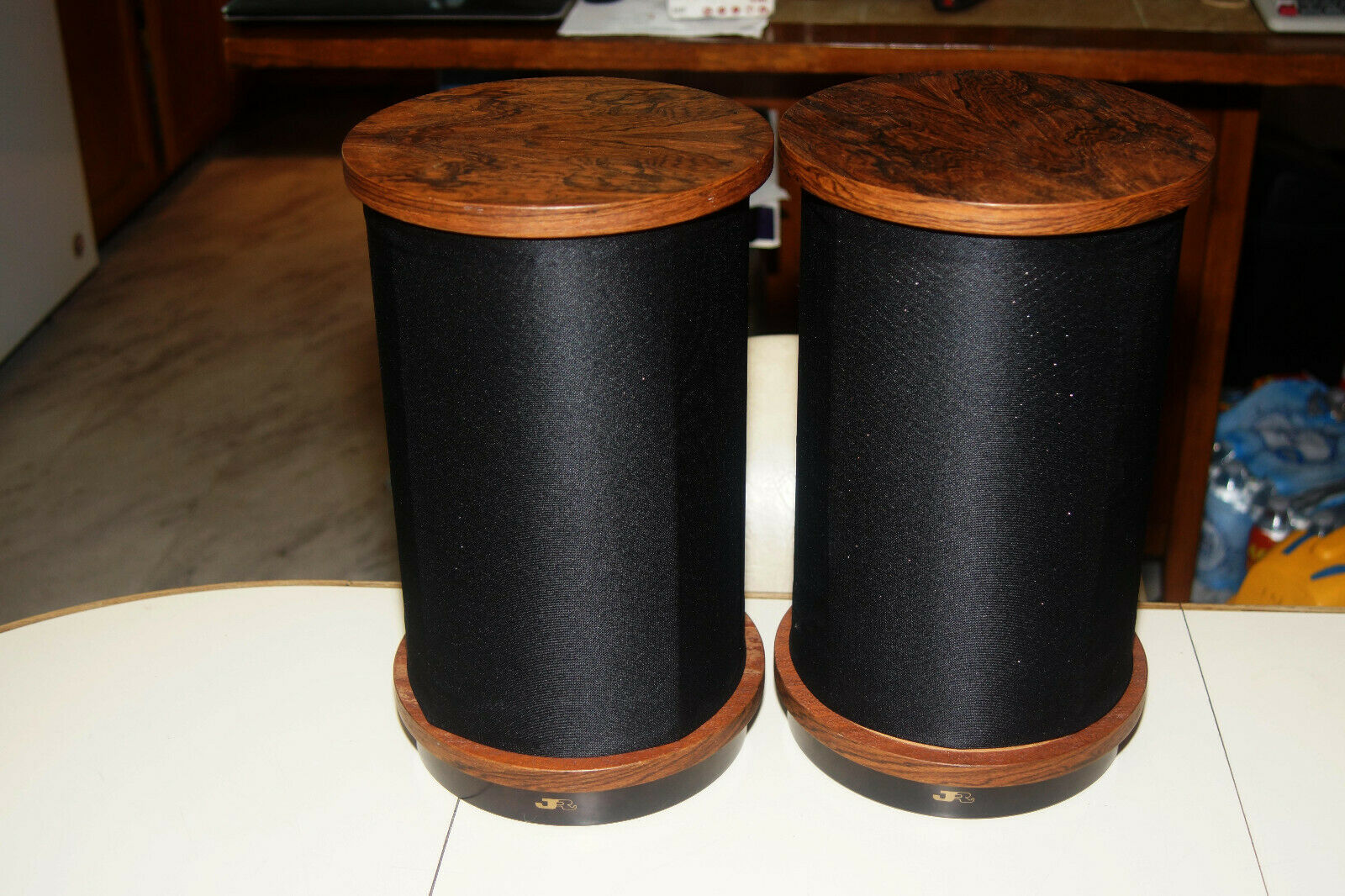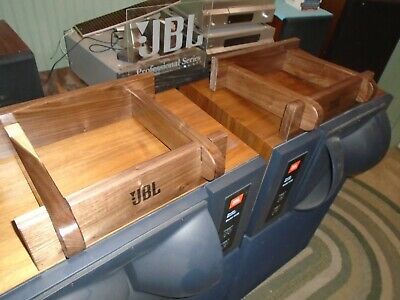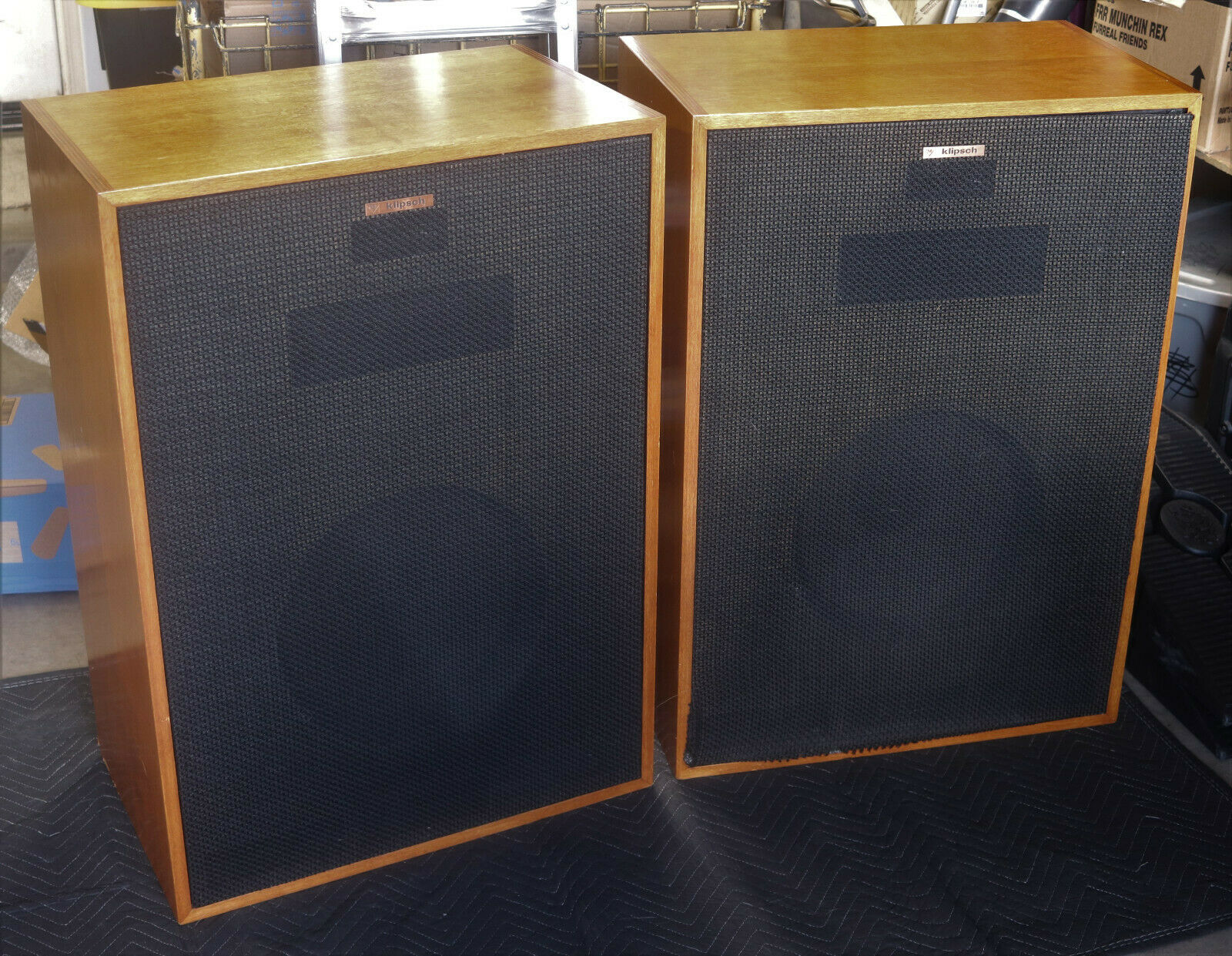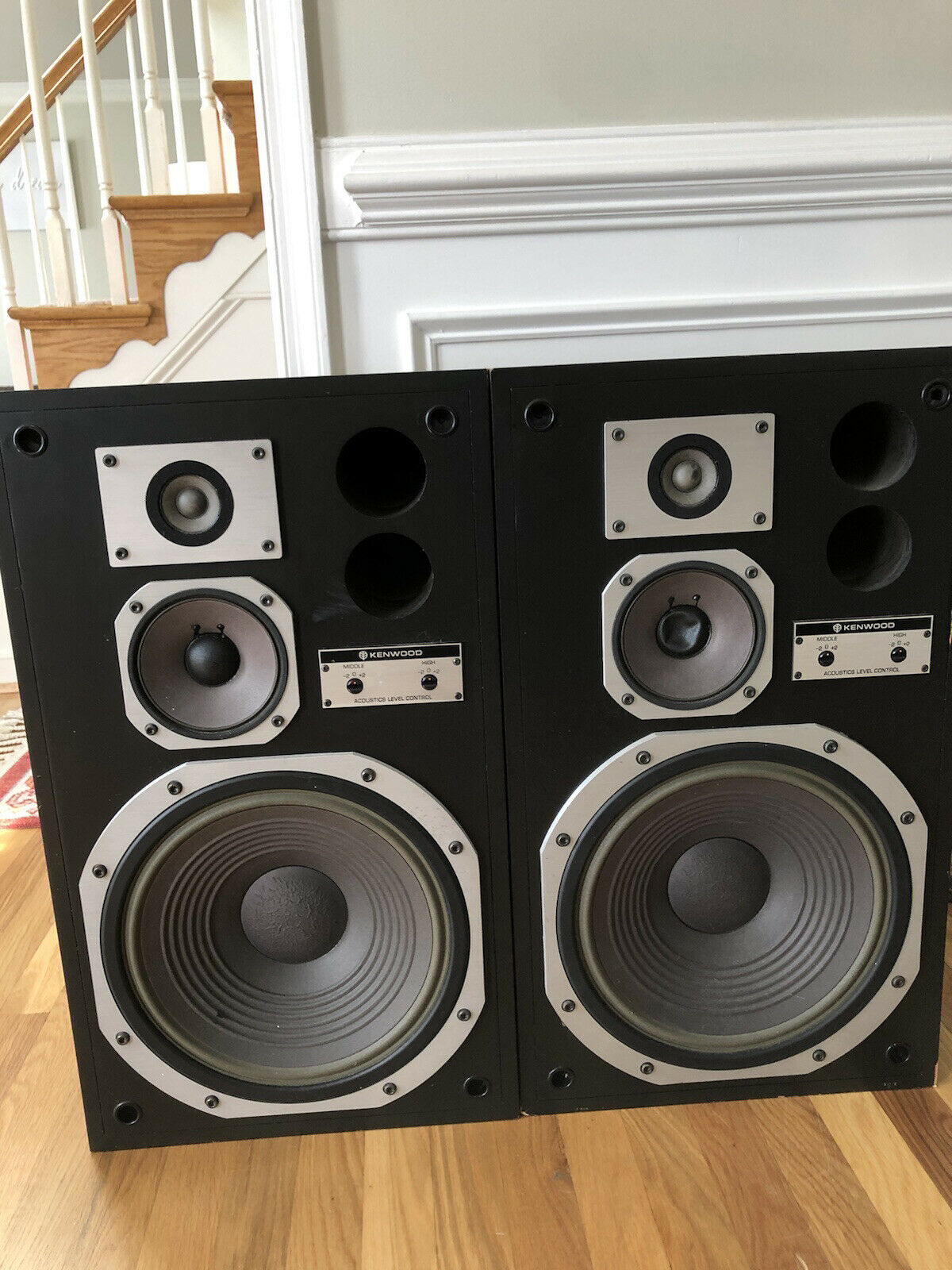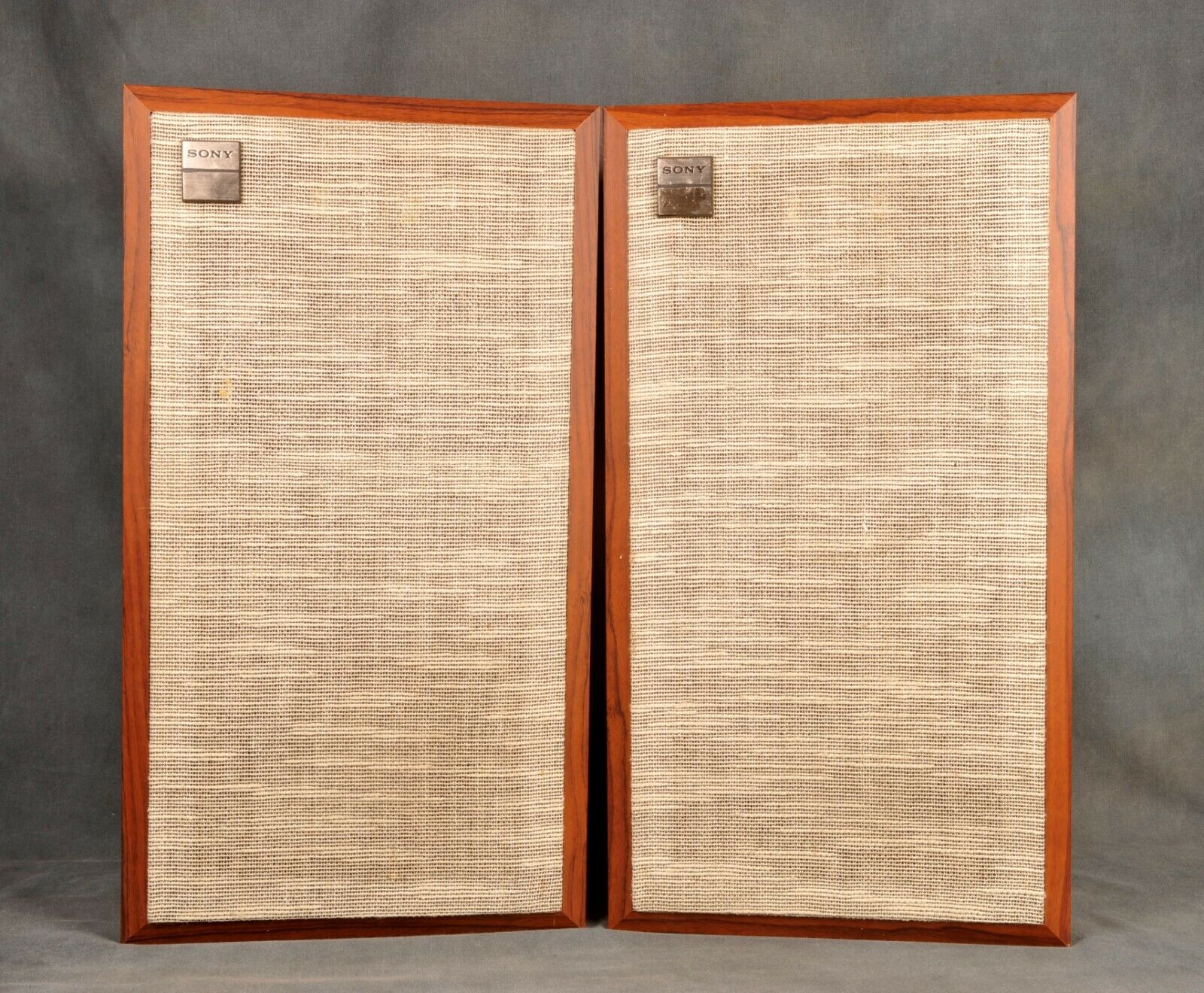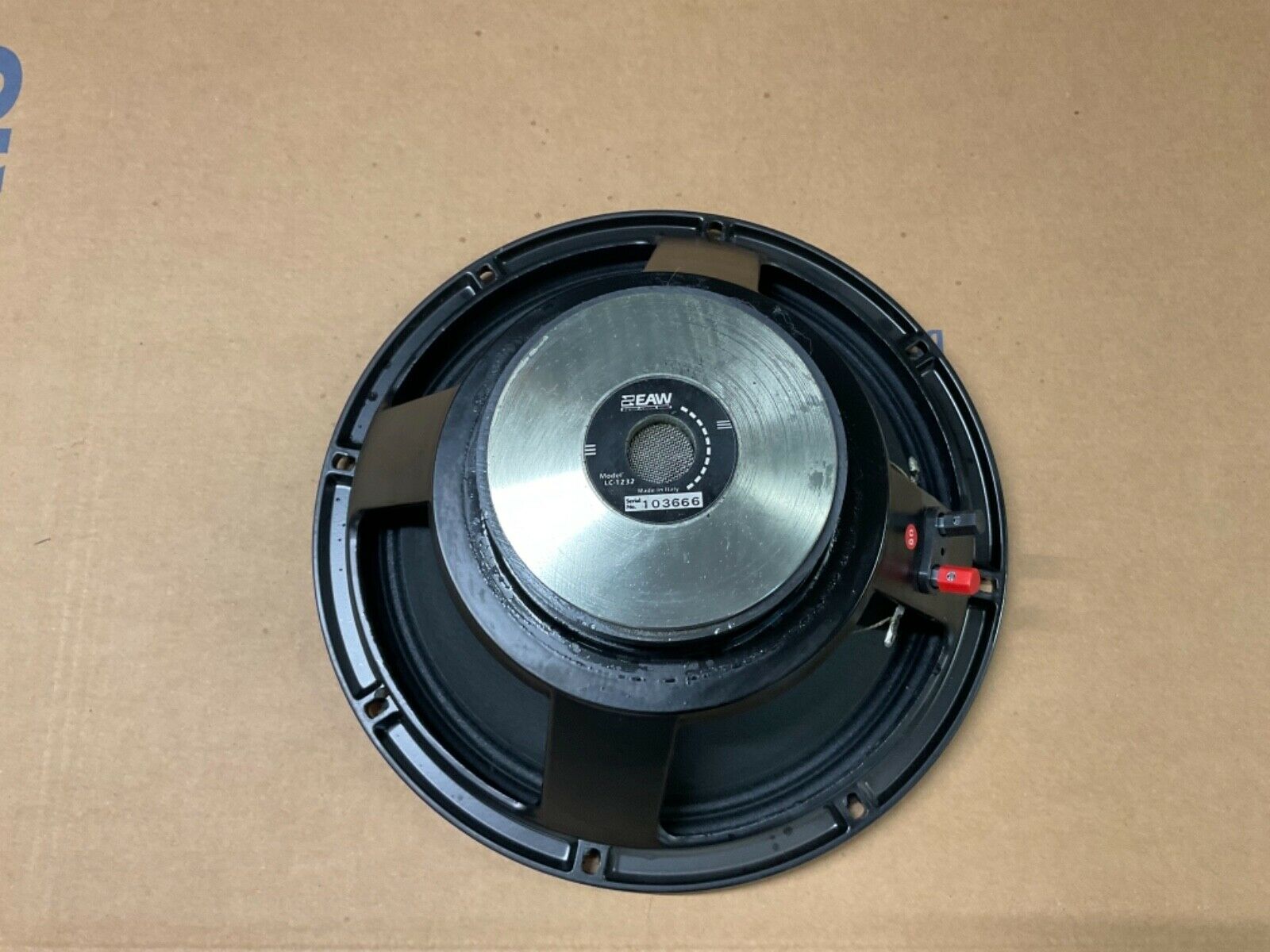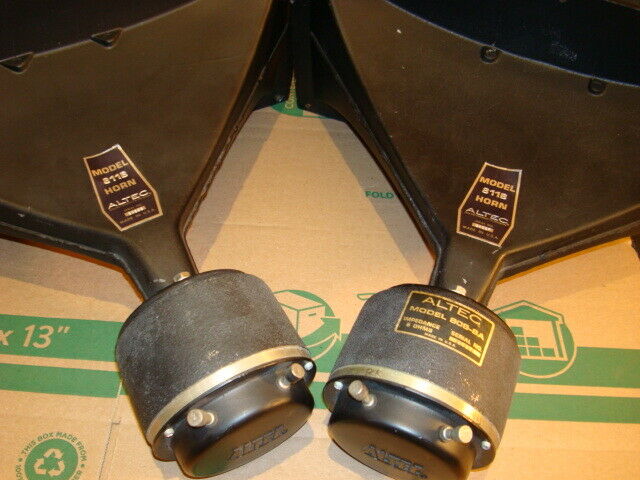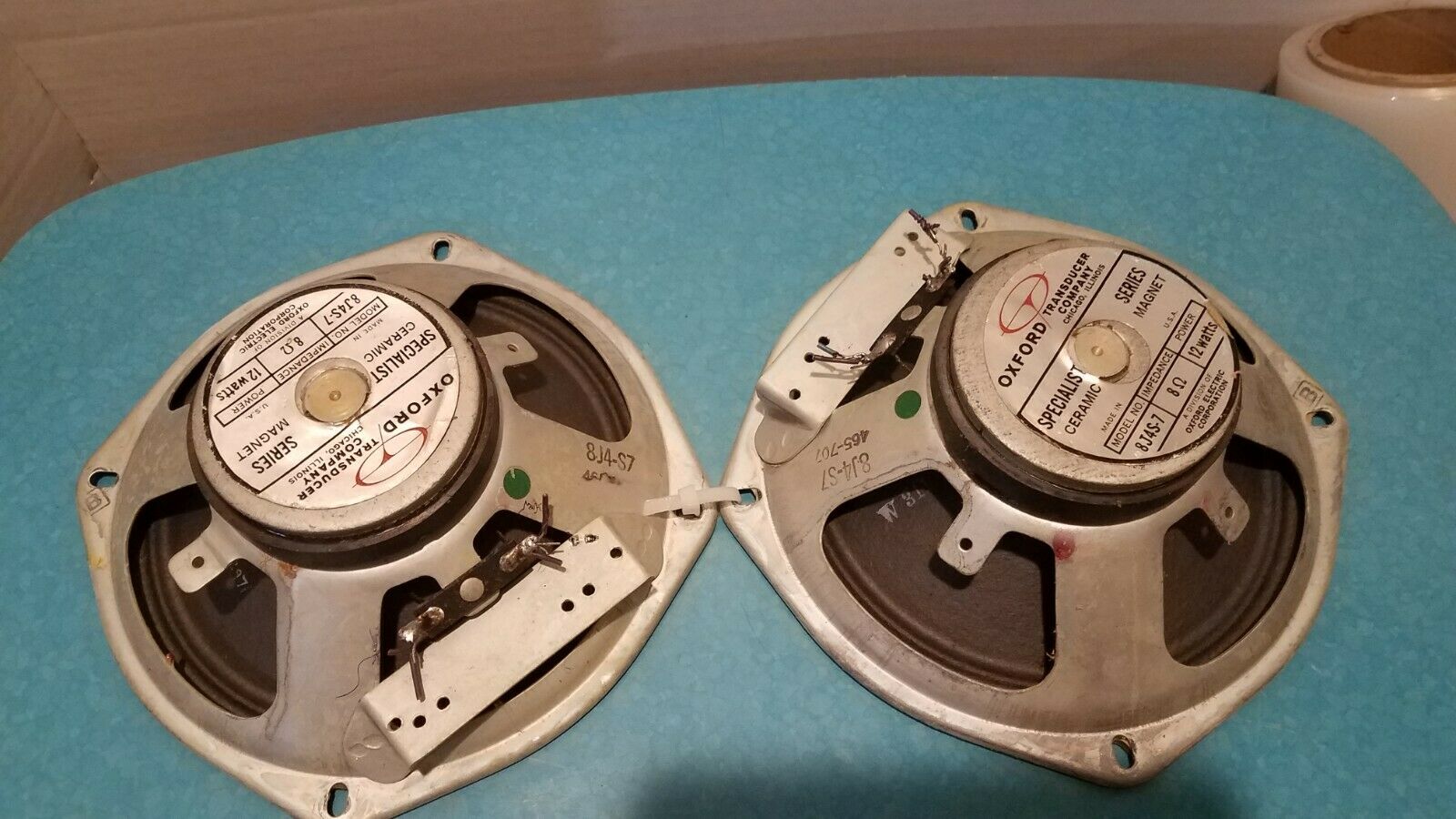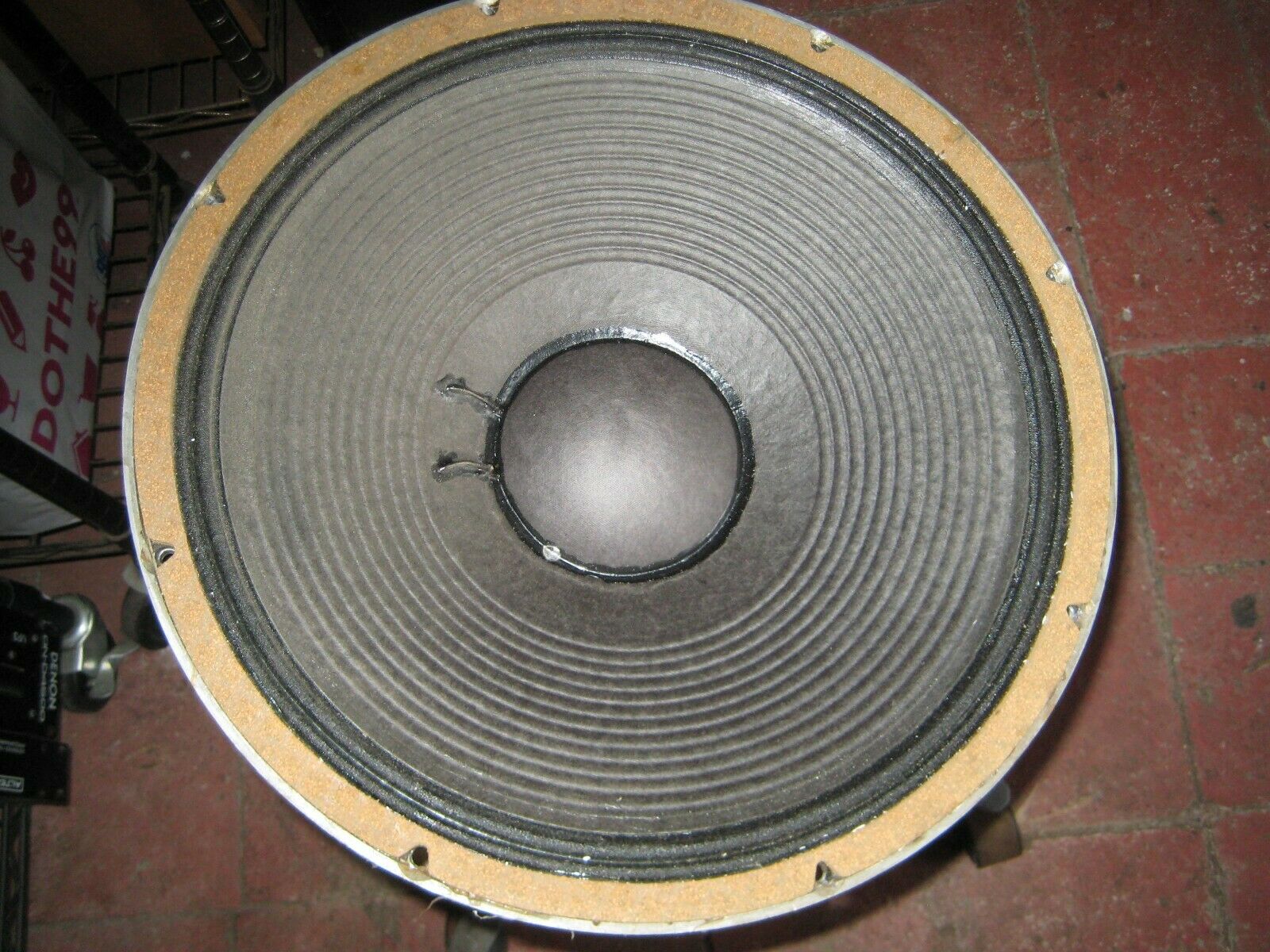-40%
Rare Jim Rogers JR-149 Speakers Great sound Great Condition
$ 264
- Description
- Size Guide
Description
Fully tested and sound great. These are from the original owner who are moving to a smaller home. The foam is gone so he put sound cloth on and it is nicely done. Matched serial numbered set. I believe these are an early version. KEF Drivers.Will ship in 2 boxes for .00 FEDEX Ground well packed and insured with signature required.
Overseas I ship using the global shipping program.
Description
The JR149 used the same Kef drive units, T27 tweeter and B110A bass, as the 15 ohm LS3/5A.
Specifications
Type: 2 way, 2 driver loudspeaker system
Frequency Response: 70Hz to 20kHz
Power Handling: 60W
Recommended Amplifier: 20 to 100W
Crossover Frequency: 3000Hz
Sensitivity: 90dB
Bass: 1 x 130mm B110A
Tweeter: 1 x 20mm T27
Grille: black foam
Dimensions: 230 dia x 370mm
This clever little speaker still sounds more than respectable
From an internet search:
An audio pioneer, Jim Rogers possessed real acoustic engineering talent as well as in electronics. The original Rogers folded corner horn may not offer true stereophonic reproduction, but it’s a fine room-filling beast. And as for the later flat-to-the-wall Wafer speakers, based on Philips drive units and measuring just 2in thick, these are surprisingly magicalsounding. Then there’s the JR149. Unmistakable thanks to its cylindrical shape, the JR149’s distinctive high quality wooden end caps (the brochure showed gold-coloured caps as an option) and fluted foam grill. Marketed in 1978 as a ‘technical breakthrough’, the little JR149 exhibits some strong ideas when it comes to the cabinet structure. Its a ten-litre volume design, the enclosure wall made from high grade aluminium and measuring 12in high by around 8in in diameter.
An infinite baffle sealed enclosure, it is very heavily damped with thick acoustic foam. Below the decorative caps at each end of the cylinder are two fibre discs held under tension via a steel rod, which run through the enclosure from top to bottom. Crossover and cable connections are in a separate metal housing underneath the loudspeaker – matched to the rest of the speaker, as Rogers had made a round printed circuit board!
Speaker inputs connect directly to this, obviating the need for terminals and extra bits of cable. On earlier speakers they were connected to the crossover via four small individual pins, later replaced by a modular four-pin connector. The crossover used pretty decent components, and had a simple wirewound preset resistor for adjusting and matching the tweeter level. The drive units used were from KEF: the classic B110 bextrene cone bass unit and matching T27 Mylar tweeter (discontinued although both are plentiful second-hand).
Rogers was clearly influenced by Harry F Olson’s classic Elements Of Acoustical Engineering in respect of cabinet shape versus sound dispersion and diffraction.
